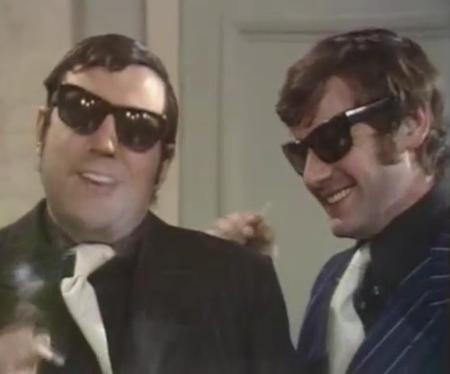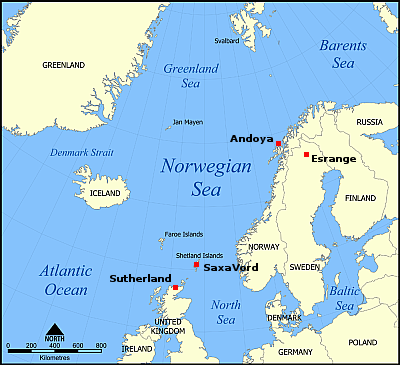Rocket Lab completes new capsule for Varda

Varda’s first capsule on the ground in Utah.
Rocket Lab today announced it has completed testing and intergration of a new recoverable capsule for the in-space manufacturing company Varda, to be used in orbit to produce pharmaceuticals that can only be created in weightlessness.
No launch date was announced. This was the second of four capsules Rocket Lab is building for Varda, with the first having already completed its flight, where it returned to Earth after successfully crystallizng the HIV drug Ritonavir.
The most important tidbit in the press release however was this:
Varda received permission from the FAA under a Part 450 license earlier this month, making them the only company to ever secure a second reentry license.
With the first capsule, the capsule’s return was delayed almost six months because the FAA and the military couldn’t get their paperwork together to approve the return license. Varda now has that return license in hand before launch, meaning it will get the capsule back when it wants.

Varda’s first capsule on the ground in Utah.
Rocket Lab today announced it has completed testing and intergration of a new recoverable capsule for the in-space manufacturing company Varda, to be used in orbit to produce pharmaceuticals that can only be created in weightlessness.
No launch date was announced. This was the second of four capsules Rocket Lab is building for Varda, with the first having already completed its flight, where it returned to Earth after successfully crystallizng the HIV drug Ritonavir.
The most important tidbit in the press release however was this:
Varda received permission from the FAA under a Part 450 license earlier this month, making them the only company to ever secure a second reentry license.
With the first capsule, the capsule’s return was delayed almost six months because the FAA and the military couldn’t get their paperwork together to approve the return license. Varda now has that return license in hand before launch, meaning it will get the capsule back when it wants.












